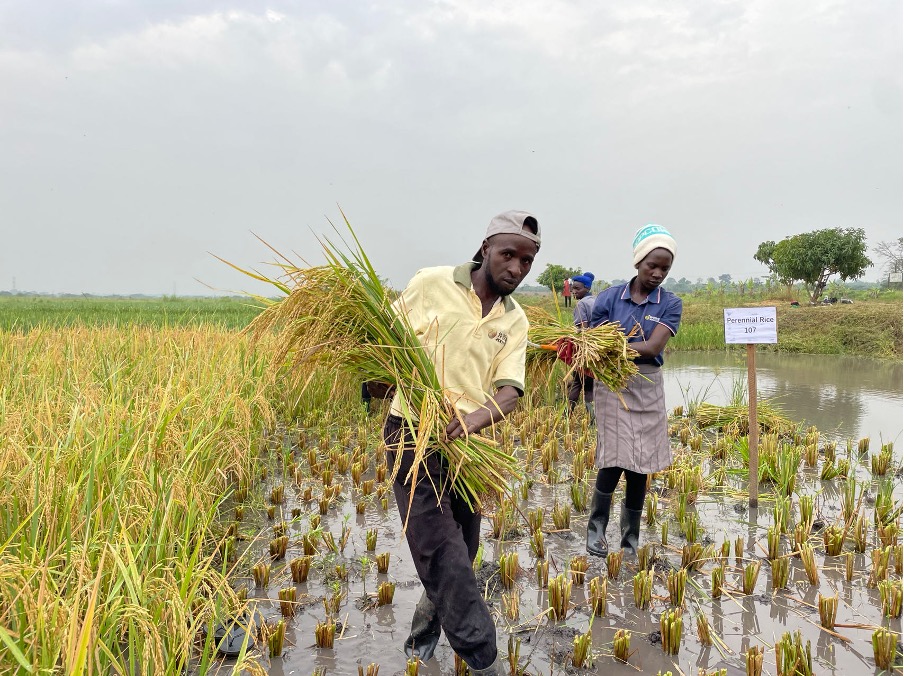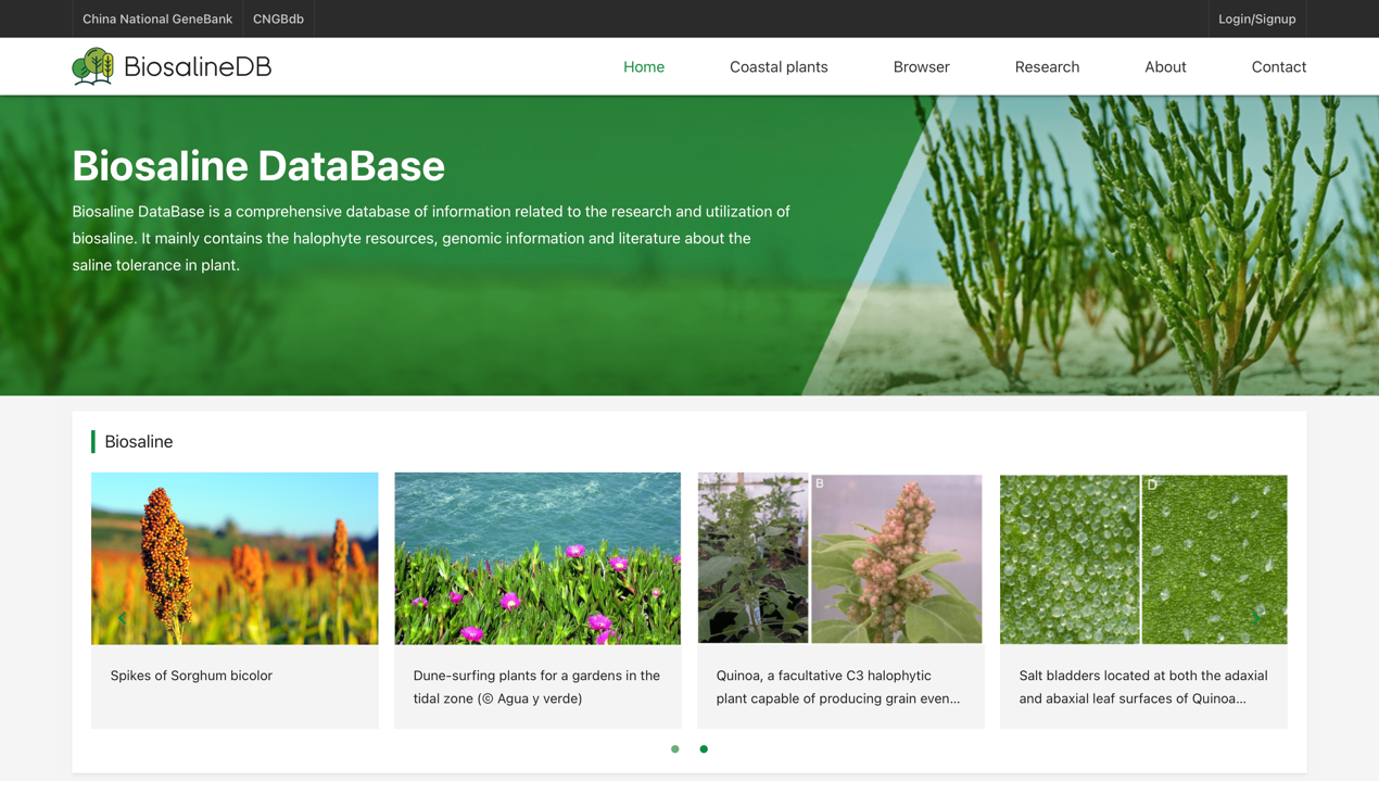Africa is the world’s second largest continent after Asia and stretches 5,000 miles from its most northerly point above the equator to its most southerly point below the equator.
Its 54 countries cover a land area of 11.7 million square miles and this size brings an enormous diversity in terms of climate and terrain, from the Sahara Desert to the spectacular scenery of the Great Rift Valley and to the 19,340 ft. peak of Mount Kilimanjaro.
The continent and its 1.4 billion population, however, face a number of hardships. The United Nations’ Food and Agriculture Organization (FAO) reveals in its ‘State of Food Security and Nutrition in the World Report 2024’ that 20.4% of people in Africa face hunger, compared to 9% globally, and that the prevalence of moderate or severe food insecurity in Africa at 58% is nearly double the global average. Malnutrition also often leads to diseases, which are often hard to treat given the size and complexity of the continent.
Advances in genomics are improving scientific understanding of crops that can help tackle these challenges, while groundbreaking innovations from BGI Group, its research arm BGI-Research and subsidiary BGI Bioverse are turning knowledge into solutions that can make a difference in improving food security and tackling malnutrition.
Perennial Rice Boosts Yields
Named by Science as one of the top 10 scientific developments of 2022, perennial rice cultivation is significantly changing crop yields as it is introduced into African countries.
Rice has been grown in Africa for around 3,000 years. Over time, traditional African rice has largely been replaced by the higher-yielding Asia variety and is a dietary staple in some African countries. While traditionally more prevalent in West Africa, expansion of rice production into East African countries such as Uganda has been more recent, in part to help feed soldiers during World War II.
Rice production is time and labor-intensive and yields require constant irrigation and warm temperatures that are not extreme. Only two crops of rice can be harvested a year and new rice has to be planted annually.
Perennial rice varieties are revolutionizing rice cultivation, creating a cycle where planted rice can be harvested multiple times over two to four years before needing to be replanted. This greatly reduces planting costs and improves production efficiency while increasing yields.
Prof. Hu Fongyi from Yunnan University envisioned a rice that could thrive season after season without replanting. Using molecular marker technology from BGI Group his team cross-bred African wild rice with Asian cultivated rice. This has resulted in a remarkable breed of perennial rice.
 In April 2024, Ugandan farmers harvesting perennial rice.
In April 2024, Ugandan farmers harvesting perennial rice.
Under the FAO-China-Uganda South-South Cooperation Program, BGI Group has helped introduce perennial rice into Uganda. While the program was initiated in 2018, a stringent approval process by Uganda authorities meant that the crop only entered wide production in 2022. Since then it has shown remarkable results with NARO Rice One, the commercial name of the perennial rice variety, producing average yields per acre in the rice-growing region of Butaleja up to double that of traditional local rice.
Dr. Jimmy Lamo, program leader for cereals at the National Crops Resources Research Institute of the National Agricultural Research Organization in Namulonge, Uganda, commented: “Rice’s capacity to be stored and transported to different places make it a very good source of food. Uganda has a high population, which is now estimated to be over 40 million. We are seeing the demand growing. As NARO Rice One begins it journey from research labs to fields and markets, it will create a revolution in the rice industry and food security.”
The success in Uganda has led to perennial rice being trialed in Burundi, Madagascar and Malawi, with the help of agricultural experts from BGI Bioverse.
In Burundi, the perennial rice demonstration site at Karuzi has adopted an innovative ‘rice-fish model’; a method that integrates rice cultivation with fish farming, utilizing the same water for dual purposes. This approach enriches biodiversity while also increasing crop yields and income for local farmers.
Perennial rice promises to transform agriculture in parts of Africa, but it is not the only crop transformation being wrought through the power of genomics.
Neglected Crops Bring Nutrition
Through a series of studies and innovations and working with scientists and organizations such as the African Orphan Crops Consortium (AOCC) and the International Crops Research Institute for the Semi-Arid Tropics (ICRISAT), BGI is providing insight into how nutritious yet neglected crops can be given a new life through genomic-assisted breeding.
Dr. Sunil Kumar Sahu, Research Scientist at BGI-Research and Project Manager of the AOCC Project, notes: “Africa has very unique varieties of orphan crops which are only utilized in some population clusters or local areas. Such crops have very high potential to become major staples like rice, maize and wheat.”
Working with the AOCC alliance network, BGI has used its sequencing technology to complete the genome sequencing, assembly and annotation of over 100 traditional African crops and provided guidance for producing more crop varieties with high nutritional value. Crops have included the baobab tree with its fruit high in antioxidants, taro, cassava, millet and sorghum.
Another example of a crop that has been widely studied is chickpea. Chickpeas are high protein and high fibre beans that are an adaptable legume protein. Africa currently produces only 500,000 ha. of chickpeas, but has the potential to produce 10 or 20 times more.
 The genetic diversity of chickpea seen through seeds. Credit: ICRISAT
The genetic diversity of chickpea seen through seeds. Credit: ICRISAT
In 2021, international researchers using BGI’s sequencing technology have undertaken extensive genome studies of chickpeas and identified 1,582 previously unknown chickpea genes, including those that encode responses to environmental factors such as soil acidity. As a result, scientists can now identify the haplotypes that can improve yield, increase seed quality, and reduce the time it takes to flower.
In May 2024, a landmark study led by BGI-Research, ICRISAT, Murdoch University and others presents the chickpea’s super-pangenome based on the genome assemblies of eight annual chickpea wild species and two previously reported cultivated genomes, providing unprecedented insights into the evolution of this vital legume species and providing potential for crop improvement.
These findings bring the promise of expanding crop production and turning former orphan crops into crops that are very much in demand in Africa and globally.
Salt-Alkali Tolerant Crops and Blooming Deserts
Another way in which genomics is helping to feed the world and address issues of food security is through helping to cultivate a new breed of salt-alkali tolerant crops and expand the type of land that can be brought under production.
Sorghum, ranked the world’s fifth most important cereal crop originated from Africa. It is a significant food source in dry and semi-arid regions due to a high tolerance to high pH levels, salinity and poor soil conditions.
Researchers from eight institutions in China conducted genome-wide association studies using 352 samples of sorghum. They successfully identified and cloned the AT1 gene (Alkaline Tolerance 1). Sorghum without the AT1 gene grew taller and had greener leaves.
Researchers then conducted field experiments on various grains and showed that the removal of the AT1 gene in wheat enhances its tolerance to salt-alkali conditions while grain yields could be increased. The opportunities for expanding this to other crops could help bring whole new areas under production.
Saline-alkali agricultural genomics is also a key research area at BGI-Research, and a dedicated database on saline-alkali plants has been established.
 The Biosaline DataBase established by BGI-Research (https://db.cngb.org/biosaline).
The Biosaline DataBase established by BGI-Research (https://db.cngb.org/biosaline).
Similarly, BGI is also committed to finding ways to transform arid deserts into fertile farmland and has been able to isolate more than 400 strains of functional bacteria to improve crop drought resistance and develop new species adapted to desert environments. The Desert Life Science Laboratory, a joint venture between the International Center for Biosaline Agriculture and BGI Group is expected to lead to further development of crops suited to marginal environments, such as those experienced in many parts of Africa.
Genomics combined with global scientific research, is speeding up the transformation of crop production and agriculture in Africa. Many incremental steps and developments may not always feel like a revolution, but that is what is happening with African agriculture. BGI Group is proud to play a role in this revolution, which will ultimately help improve food security and nutrition for the people living on the world’s second largest continent.
Source:
The State of Food Security and Nutrition in the World 2024: Special Event on Financing to End Hunger, Food Insecurity and Malnutrition in All its Forms. FAO Liaison Office with the United Nations in New York. https://www.fao.org/new-york/events/detail/special-event-on-the-state-of-food-security-and-nutrition-in-the-world-2024/en
New food security report shows alarming rise in hunger across Africa. Caritas Australia. https://www.caritas.org.au/news/blog/new-food-security-report-shows-alarming-rise-in-hunger-across-africa/
Chickpeas, a growing food source in the world and Africa. Horticulture. https://www.horticulture.org.za/chickpeas-a-growing-food-source-in-the-world-and-africa/#google_vignette



